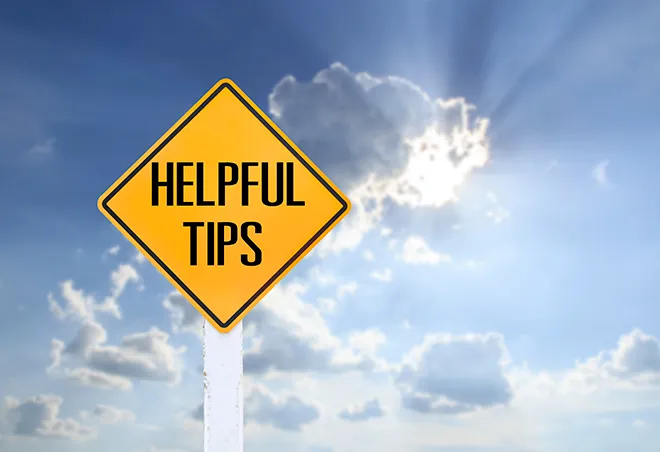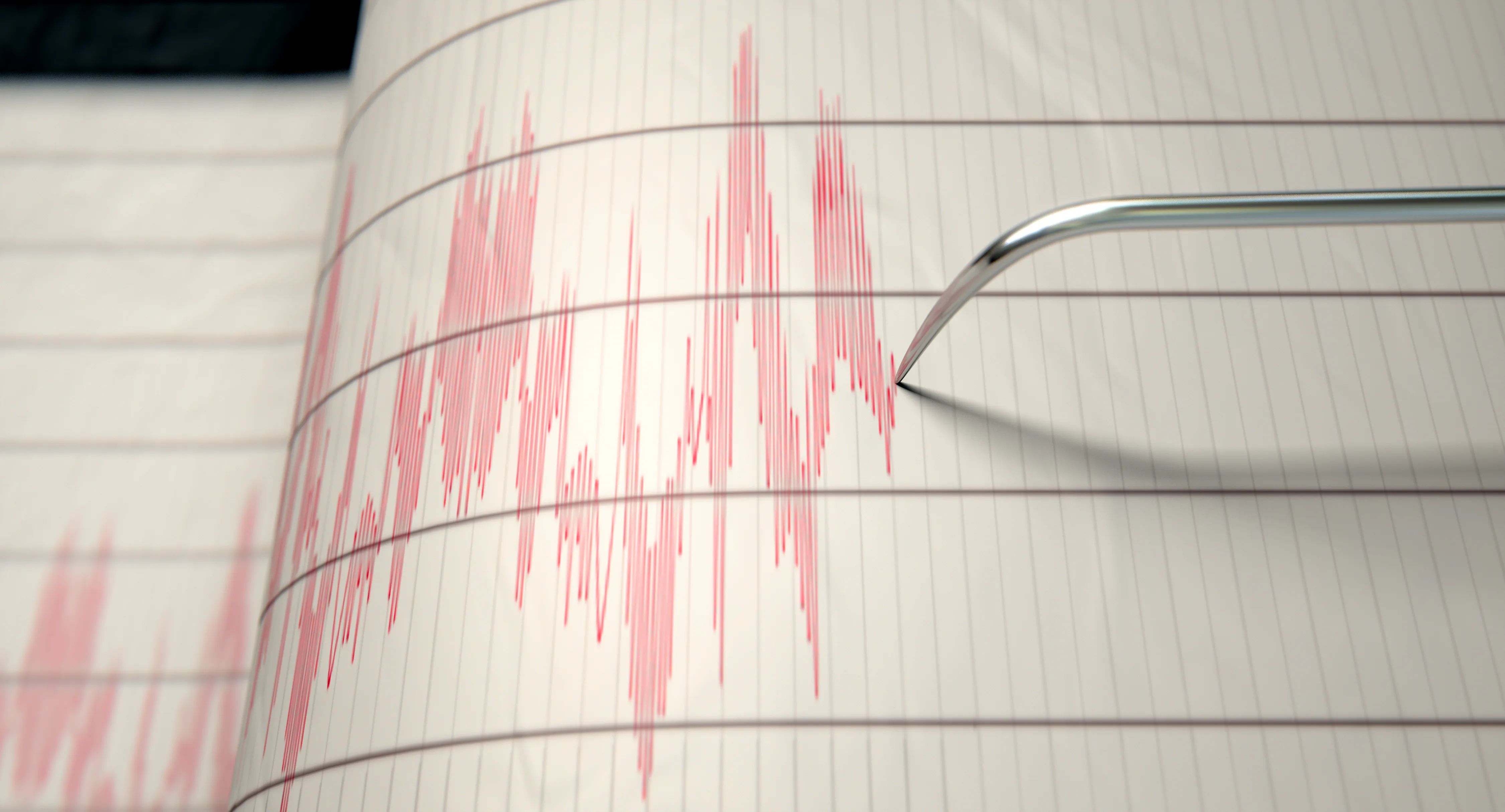
Preparing a disaster recovery plan makes good business sense
By Betsy Markey, SBA Region VIII Administrator
One of this region’s most expensive disasters unfolded the night of Sept. 9, 2013 when over 10 inches of rain fell in a 24-hour period, devastating Boulder, Colo. and several other communities with flash floods, inflicting damage on nearly 20,000 homes and hundreds of small businesses. Unfortunately, our region is prone to a variety of natural disasters such as flooding in North Dakota, tornadoes in South Dakota, and the 2012 Montana wildfires that scorched more than 1.1 million acres of land.
Statistics show 25 percent of businesses that close because of disaster never reopen. Small businesses are especially at risk because few have the resources to assess their risks and develop recovery plans for the future. As part of its mission to help small businesses to start, grow, and succeed, the U.S. Small Business Administration can help when it comes to disaster preparedness and recovery. Start with these six simple tips:
- Evaluate your exposure. Know your region and the types of disasters most likely to impact your business. Consider your facility’s proximity to flood plains, wild fire areas, rivers and streams, dams, nuclear power plants and other hazards.
- Review your insurance coverage. Now is the time to consult your insurance agent to determine whether your coverage is sufficient. Make sure you understand what’s covered by your policy, and determine if you need flood insurance; remember, many general policies do not cover flood damage. Check into business interruption insurance, which helps you cover operating expenses if you’re forced to temporarily close. Calculate the cost of business interruptions for a day, week, month or more. To the extent possible, set aside a cash reserve that will allow your company to function during the recovery phase.
- Review and prepare your supply chain. Develop professional relationships with alternate vendors, in case your primary supplier isn’t available. Place occasional orders with them so they’ll regard you as an active customer. Create a contact list for important business contractors and vendors you plan to use in an emergency. Keep this list with other documents in an easily accessible place, and also at a protected off-site location.
- Create a crisis communications plan. Try to make sure your staff, customers, vendors, contractors—everyone you do business with—know what’s going on in the aftermath of a disaster. Establish an email alert system, keeping primary and secondary email addresses for your employees, vendors and customers. Provide real-time updates to your customers/clients and the community so they know you’re still in business and in the process of rebuilding after the disaster. Don’t forget to test your plan beforehand.
- Who will run your business after a disaster strikes? Let your employees know the emergency chain of command. Maintain a clear leave- and sick-day policy during disasters. Have a backup payroll service should your office be destroyed.
- Create and implement a Business Continuity Plan. This plan will help keep your business operating as it responds and recovers from a disaster or emergency situation. This plan should: indicate when it will be activated; identify essential business functions and staff to carry out these functions; determine which employees will be considered non-essential vs. essential; and identify records and documents that must be safe and readily accessible to perform key functions.
Developing an effective and workable disaster recovery plan is critical for all small business owners. For more information on disaster planning go to www.sba.gov/disaster.
















